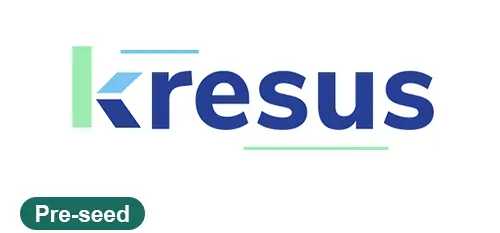Firefly III
Firefly III has a different feel from most budget tools. It isn’t a small desktop app that you just install and forget — it’s a self-hosted system, something that runs on a server or in a container, and you reach it through a browser. At first this may sound like overkill for personal finance, but that’s exactly why it appeals to people who want to keep all their money data under their own control.
How it tends to be used
Once Firefly is up and running, the workflow is straightforward. Accounts are added — a bank, a card, maybe even a cash account. Transactions can be entered manually or pulled in with imports. The system then lets you attach categories, budgets, or tags, and over time this creates a searchable history. For someone managing household bills it works like a regular budget tracker, while freelancers often push it further, using its reports and rules to keep work income and taxes organized.
Technical snapshot
| Aspect | Details |
| Platforms | Web app, runs on Linux server or Docker container |
| License | Open-source, GPL v3 |
| Storage | SQL database (PostgreSQL, MariaDB/MySQL, SQLite) |
| Import options | CSV, OFX, MT940, API integrations |
| Export options | CSV, JSON, API |
| Features | Budgets, categories, tags, rules, recurring transactions, multi-currency |
| Privacy | Fully self-hosted, no outside service involved |
| Access | Works in any browser, desktop or mobile |
Getting it running
The easiest path is Docker: one command pulls everything and starts the service. For those who prefer classic setups, Firefly can be installed on a Linux server with PHP and a database. After logging in through the browser, the system walks through adding the first accounts. Since everything lives in a local database, backups mean simply copying that database or snapshotting the Docker volume.
Typical users
– Privacy-minded individuals who don’t want finance data stored on third-party servers.
– Families combining accounts and currencies under one view.
– Freelancers who like the idea of running their own finance dashboard with invoices, budgets, and taxes kept together.
Why it keeps its audience
The strongest argument for Firefly is freedom. It’s flexible — budgets, categories, tags, recurring rules — but still usable day to day without learning accounting jargon. Reports are customizable, plugins keep coming from the community, and because it’s browser-based, it works on almost any device.
Bottom line
Firefly III is less of a “budgeting app” and more of a personal finance platform. It takes some effort to set up, but once it’s running, users get both privacy and a level of detail that closed commercial tools rarely offer.







